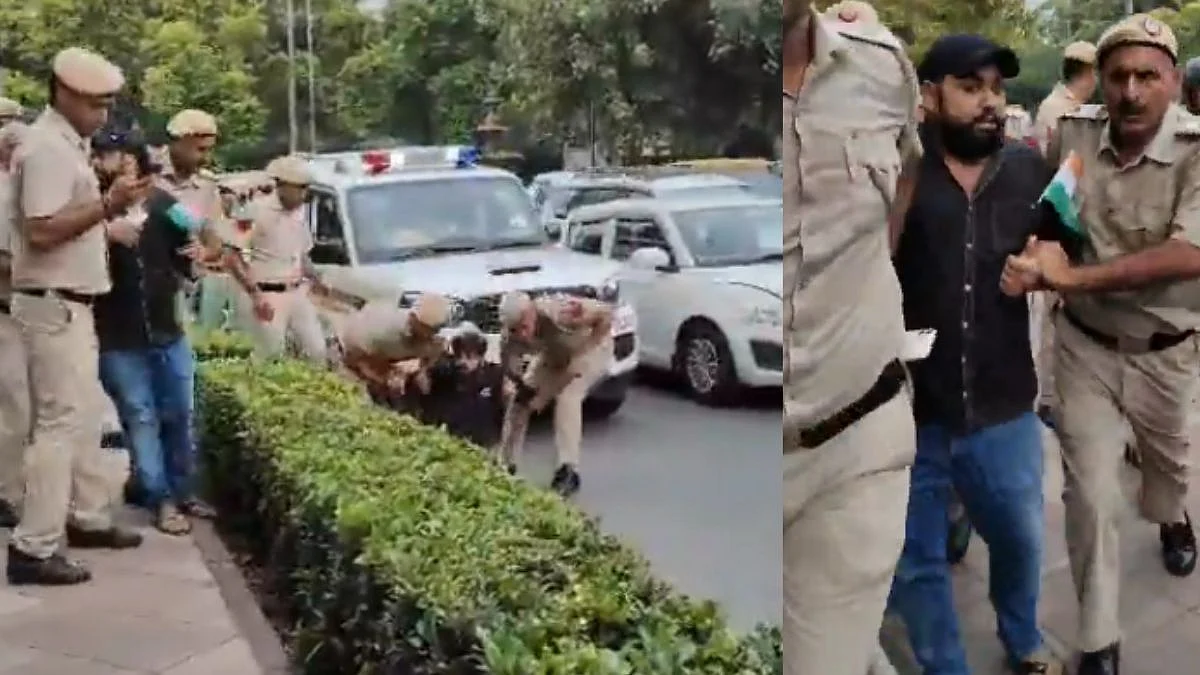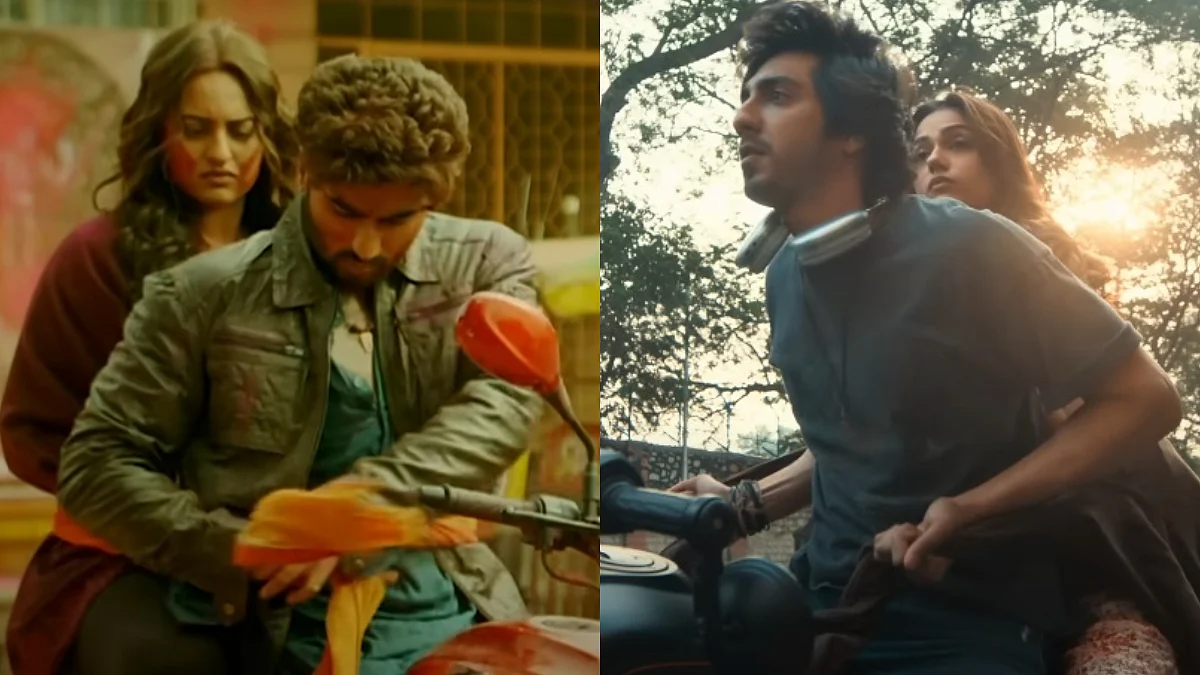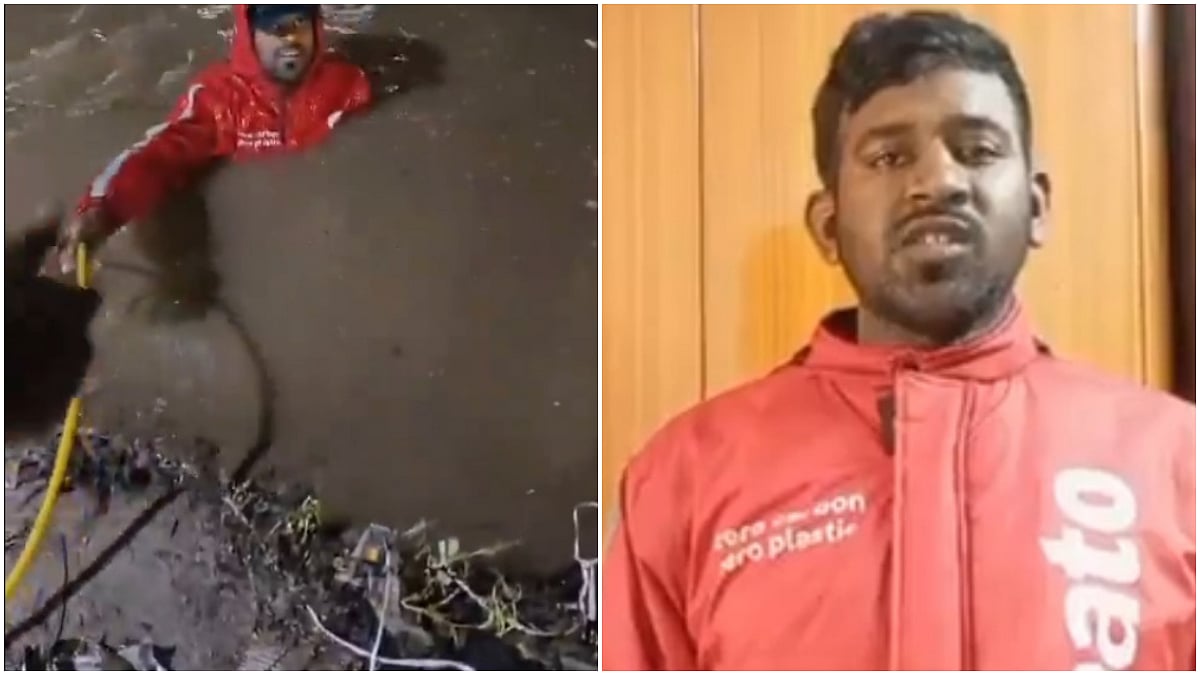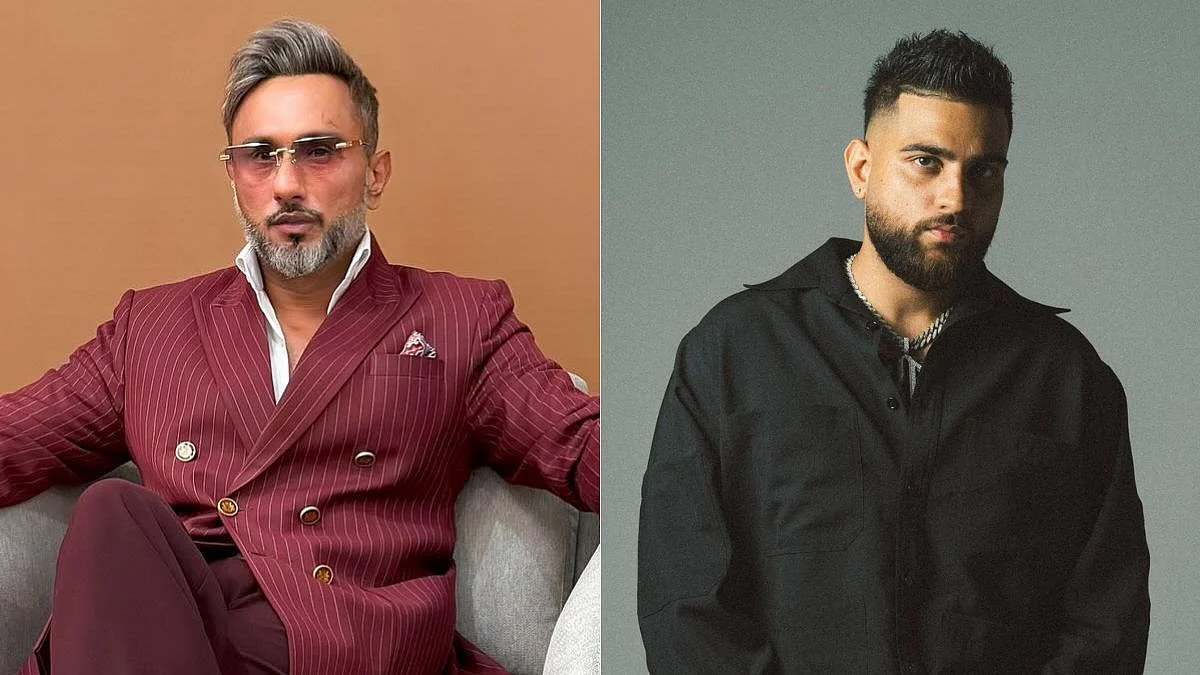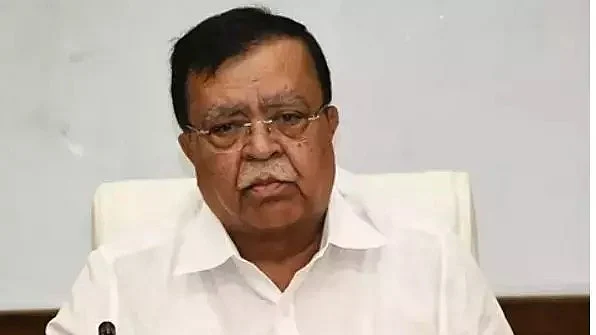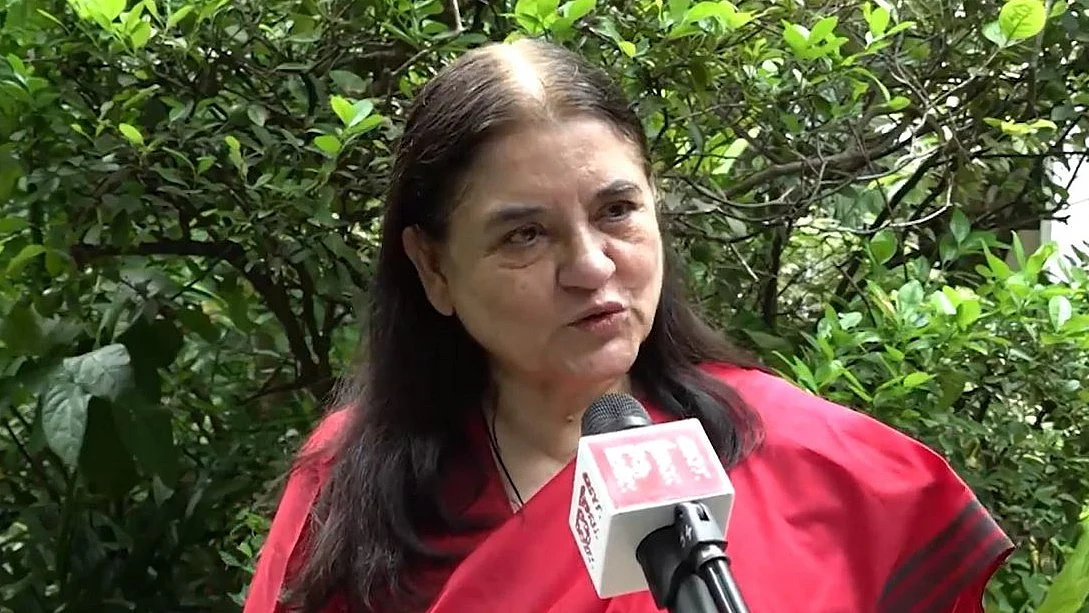Mumbai: It was the only Thursday I’d skipped Green Square Sonipat’s loud, electric party hub, where students and locals gather every week. That night, sitting on campus, a message lit up my phone: There’s been a gunshot at Green Square. A chill ran through me. The crowd there was my crowd of friends, classmates, and weekend thrill-seekers. My mind raced: Was it a fight? A local goon showing off? A political brawl? What startled me more than the news was my best friend’s reaction. She barely looked up. “It’s normal,” she said, and returned to her work. Her calmness unsettled me more than the gunshot itself.
In that moment, I realised that in the Hindi heartland, the sound of a gun isn’t always an alarm. Sometimes, it’s just another note in the background score of life. Across UP, Haryana, and parts of Delhi, a gun is more than a weapon. It is a marker of status, legacy, fear, and pride. In Ghaziabad’s semiurban lanes, the memory of dacoits still lingers. For a retired doctor, these memories are lived realities: masked men barging in, shouting orders, the long, hopeless wait for police who never came. His grandfather’s Sunday ritual was always the same - cleaning the family rifle. It was never fired, but never neglected. That same rusting gun still hangs above the door.
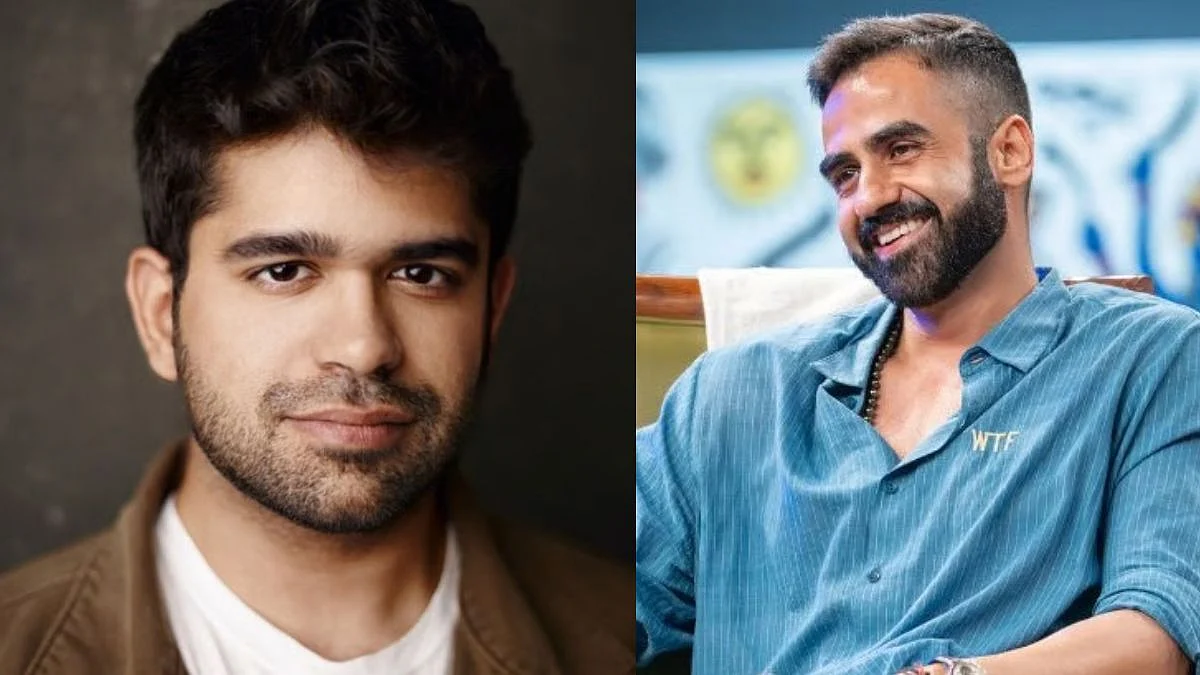
For him, it was never about killing. It was about making sure no one in the family would feel powerless again. Here, guns are less about aggression than about readiness, a private guarantee in case the system fails. The sentiment endures, but the legal trade that once supplied these weapons is shrinking. In an old Delhi neighbourhood, a third-generation gun shop owner remembers selling 15 to 20 guns a month in the early 2000s. Now, it’s one every few months.
In 2023, Delhi had 48,140 active gun licences, slightly fewer than a decade ago, but the sharper decline has been in licensed dealers, down by more than 30% over ten years. In 2022, only 509 guns were sold legally in the city, a fraction of the numbers from the 1990s. The Arms (Amendment) Act, 2019, tightened the rules: a maximum of two firearms per person, proof of a specific life threat, background checks, and mental and physical fitness tests. Yet, demand persists. The shopkeeper says most of his customers now come from Haryana and western UP, where a gun still means pride, protection, and tradition. He works in the narrow space between a law that wants to limit guns and a culture that refuses to let go.
On paper, India’s gun laws are among the strictest in the world. In practice, culture often wins. Guns are still fired at weddings, brought out in land disputes, waved at political rallies, and even brandished in parking lot arguments. In rural Haryana, families keep unregistered firearms passed down like heirlooms. In a boundary dispute, everyone knows which family has a gun and that knowledge alone can change the tone. Land is legacy here, and the gun is its protector. For the younger generation, guns often have nothing to do with safety.
A 20-year-old Sonipat student, using a gun licensed in his father’s name, tells me, “Bhai, it just looks cool. It’s about confidence, swag, respect.” Across Delhi NCR and semi-urban Haryana, the gun is an accessory, a shortcut to authority. Some recall fights ending the moment a pistol appeared. In patriarchal societies, experts say, control and aggression are markers of manhood, and guns fit neatly into that script. Social media only sharpens the image, feeding reels, music videos, and wedding dance performances.
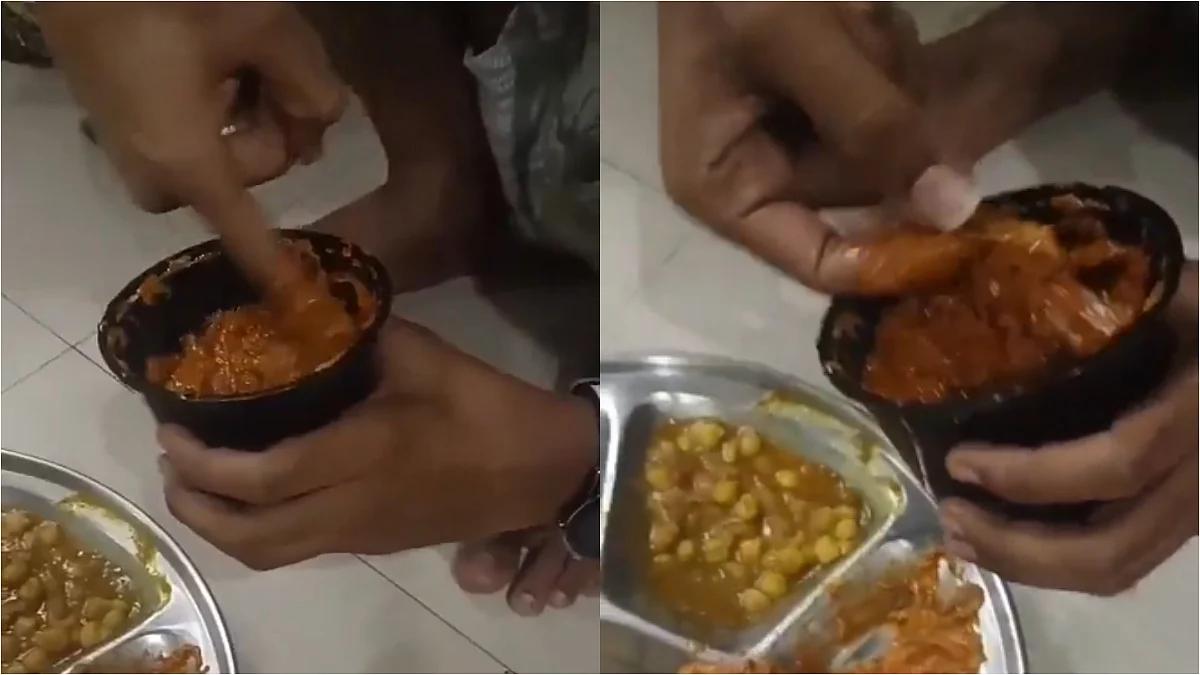
In rural North India, the symbolism deepens. Among dominant land-owning castes, guns are treated like jewellery or religious idols. In parts of western UP, where communal tensions run high, they are sometimes worshipped during Dussehra. Growing up in Mumbai, I never saw a gun outside of films or newspaper headlines. A gun in public there was rare, shocking. In Sonipat, celebratory firing at weddings is almost expected. What is feared in Mumbai can be fashionable here. In Ghaziabad, it reassures. In Haryana, it declares power.


